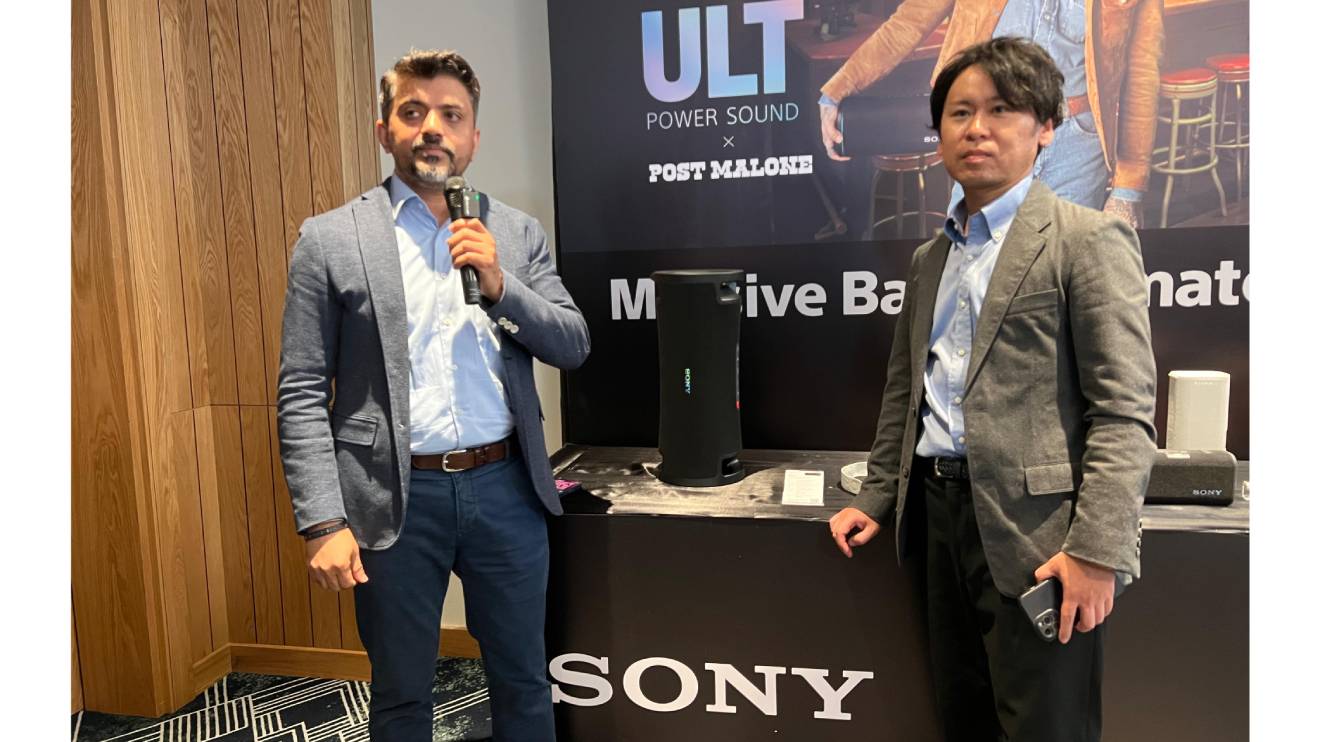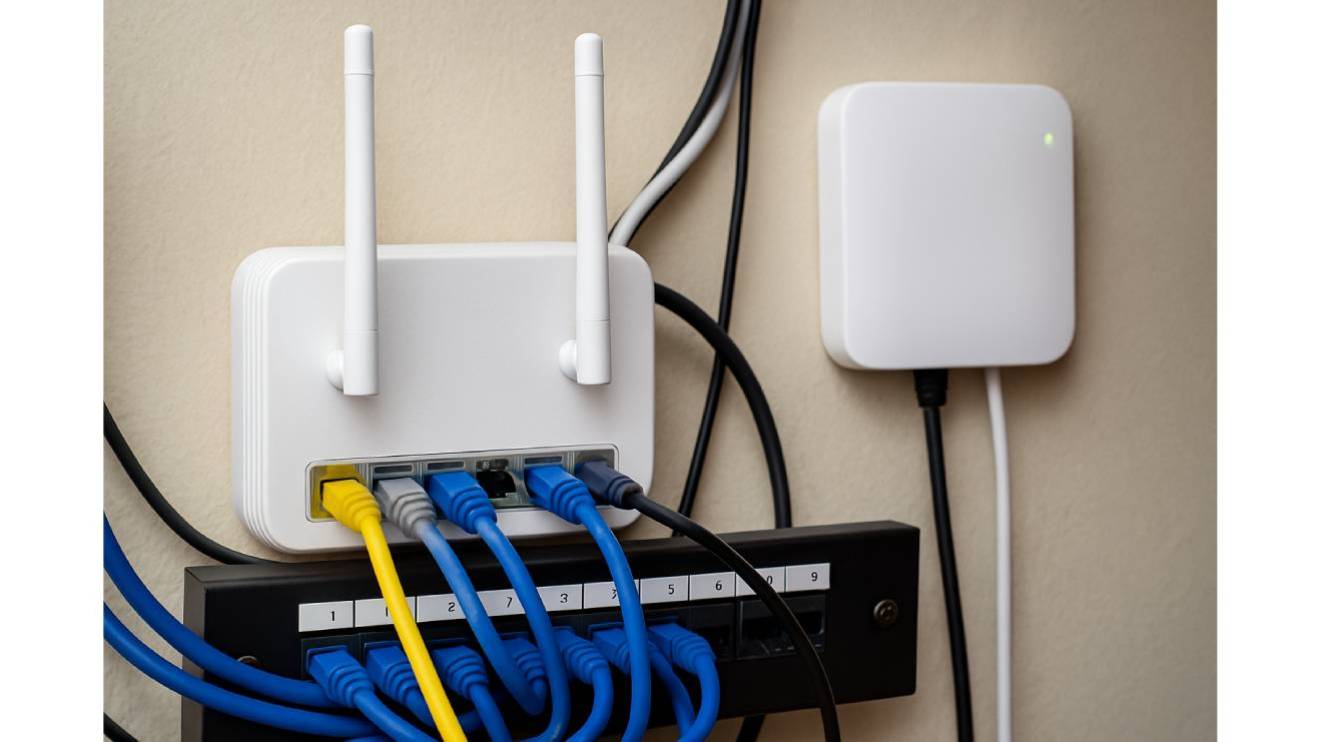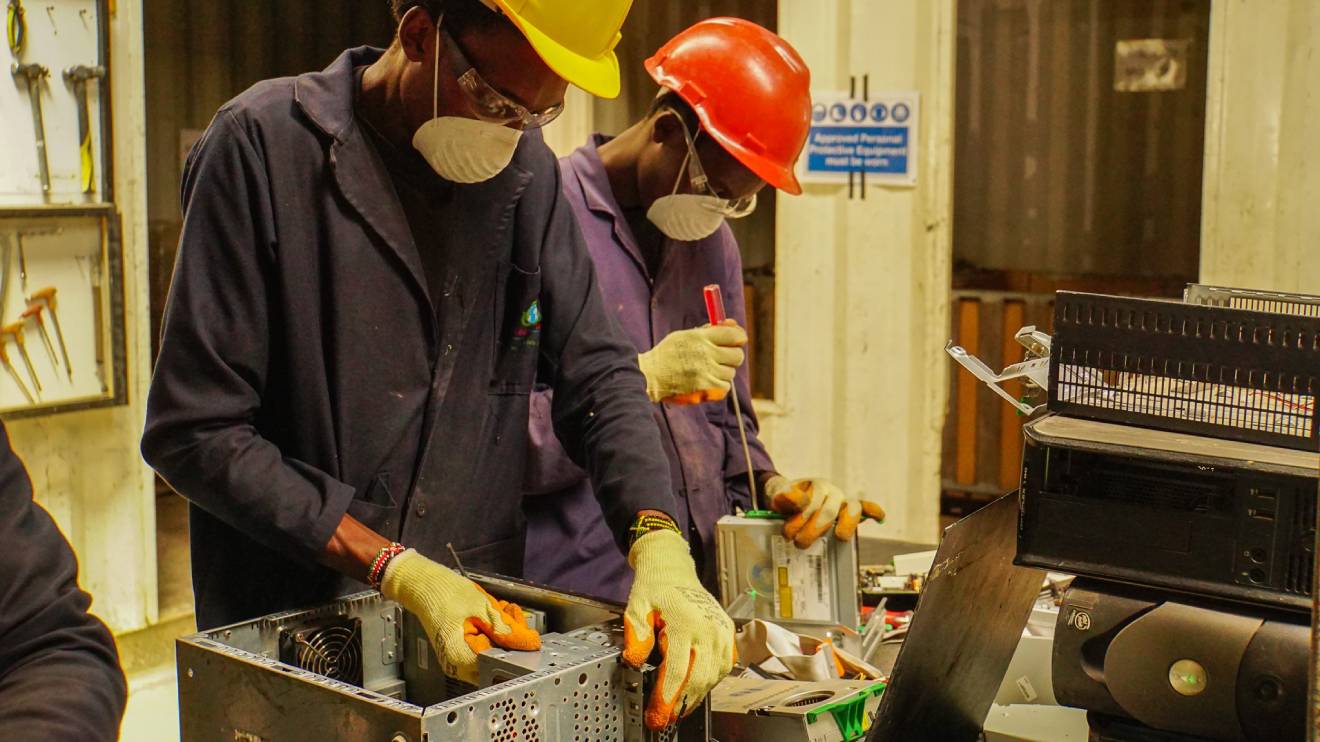More than 73 per cent of security decision makers in the Information Technology sectors are increasingly concerned about growing digital attacks due to increased digitalisation that followed the pandemic.
This was revealed by Trend Micro, a leading cybersecurity provider, in its latest industry report containing a number of interesting trends and developments in the cybersecurity space.
The report discovered that there has been a significant growth in the detection of cyber threats since the Covid-19 pandemic of 2020 forced many companies to embrace digital solutions.
The report shows many IT managers are concerned about the fast digitalisation, with 43 per cent claiming digital attacks are spiralling out of control and 37 per cent describing it as constantly evolving and messy.
“In light of the challenges faced by IT professionals, it is clear that there is a need for improved investment and understanding of the cyber-attack landscape,” the report by Trend Micro reads in part.
Read More
The report highlighted following as the five key observations in the first half of 2022:
Old Favourite Malware
Even as new malware normally receives the biggest share of the spotlight, the first half of 2022 witnessed a substantial reappearance of the old favourite commodity malware, Emotet.
This is in spite of the fact that infrastructure of the malware being taken down last year, the Trend Micro report revealed that detections of the botnet went up from 13,811 in H1 2021 to 148,701 in H1 2022.
Russia-Ukraine War
Prominent groups have been launching attacks on targets in Ukraine before and during its ongoing war with Russia pointing at the growing cyber warfare, as some actors target individuals outside the war.
Many groups are now also using requests for donations as a cover for their spam emails to turn their attention away from dwindling interest in Covid-19.
A recent report released by Interpol pointed at online scams through text messages and email topping the list of most prominent threats in Africa.
This revelation was backed by Trend Micro’s regional statistics for H1 2022, which indicated more than 2.4 million blocked mails in the region.
Ransomware as a Service
Ransomware as a service (RaaS) has continued to grow as a threat with LockBit, Conti and BlackCat leading the pack.
This profitable approach to cybercrime has permitted would-be cybercriminals to acquire tools and infrastructure that would otherwise not be accessible to them.
The RaaS system places the responsibility of infection on affiliates, and provides developers with a layer of protection and additional time in which to evolve their malware.
This approach becoming increasingly popular and is largely responsible for the 2.5 million cases detected across the globe, with close 200,000 occurring in Africa.
Linux Prime Target
Linux systems have now become the prime targets for the malicious actors who are shifting focus to servers and embedded systems, both areas where Linux is set to see development in the coming years.
The focus shift to the operating system was evident in H1 2022 and saw a 75 per cent rise in ransomware attacks targeting Linux machines.
Organisations are raising concerns over the evolving trend with targeted infrastructure forming part of their critical infrastructure and successful attacks have the potential to cause them significant damage.
Cloud-Based Attacks
More organisations are continuing to adopt Cloud Computing in Africa but this has come with new security challenges, top being cloud tunnelling and containers.
Cloud tunnelling allows users to swiftly deploy assets and services but it can also prevent full visibility of the deployed assets.
Trend Micro has discovered that cyber attackers are taking advantage of this by launching attacks in unconventional places where IT teams tend not to look.

Relatedly, containers offer firms increased speed and efficiency in their development cycles but many have failed to implement proper security controls, leading to compromise at various stages of the pipeline.
Misconfigured container software remained a top concern to IT managers in H1 2022 with 53 per cent of respondents in a recent Red Hat survey reporting misconfiguration detection on their containers.
“Although most detections and attacks are still aimed overseas, it is crucial that Africa invest in improved security measures. A critical part of this investment must be focused on resolving the skills shortage. While a comprehensive security solution like Trend Micro One can provide your systems with protection, skills development programs will play a key role in ensuring a safe future,” said Emmanuel Tzingakis, technical lead sub-Saharan Africa.












